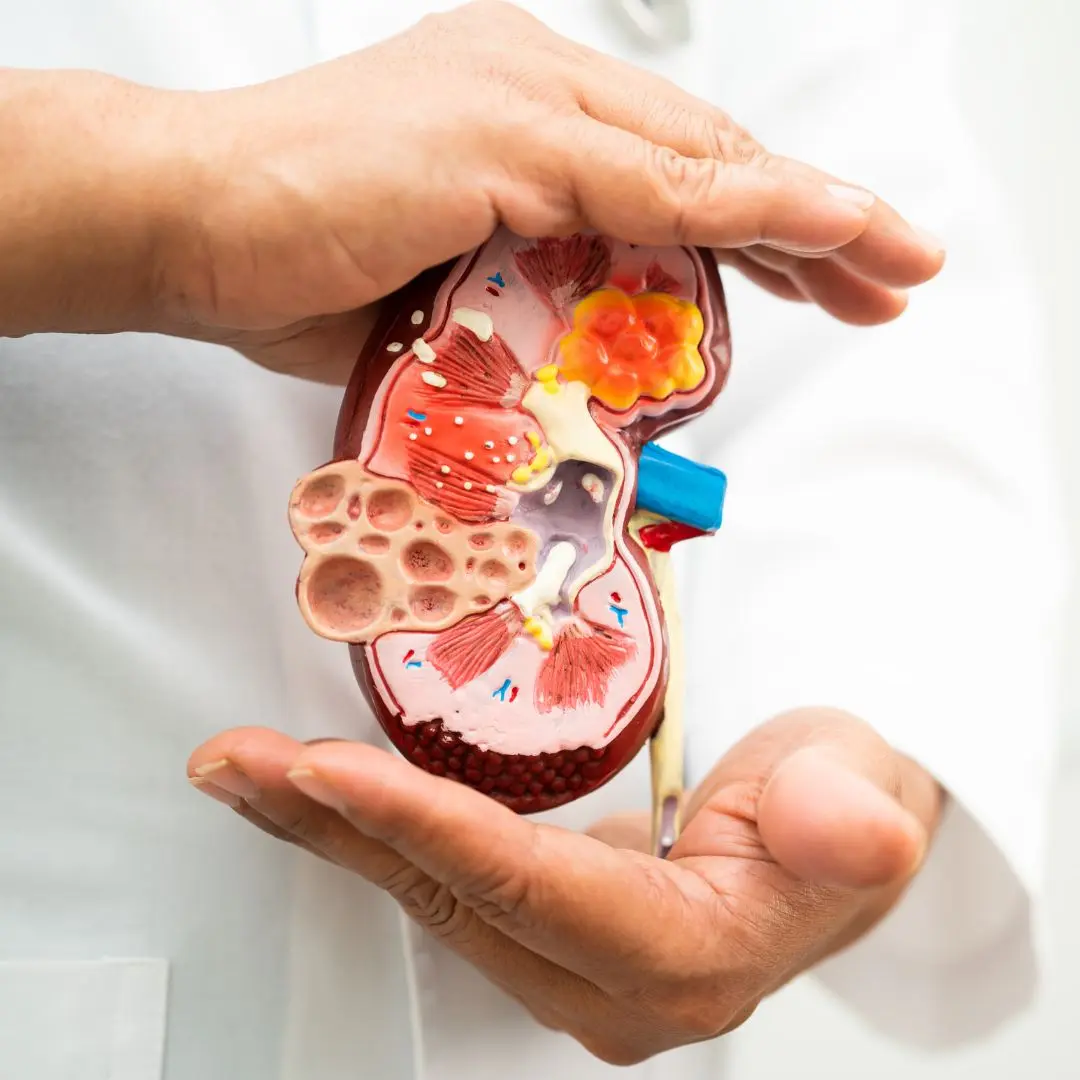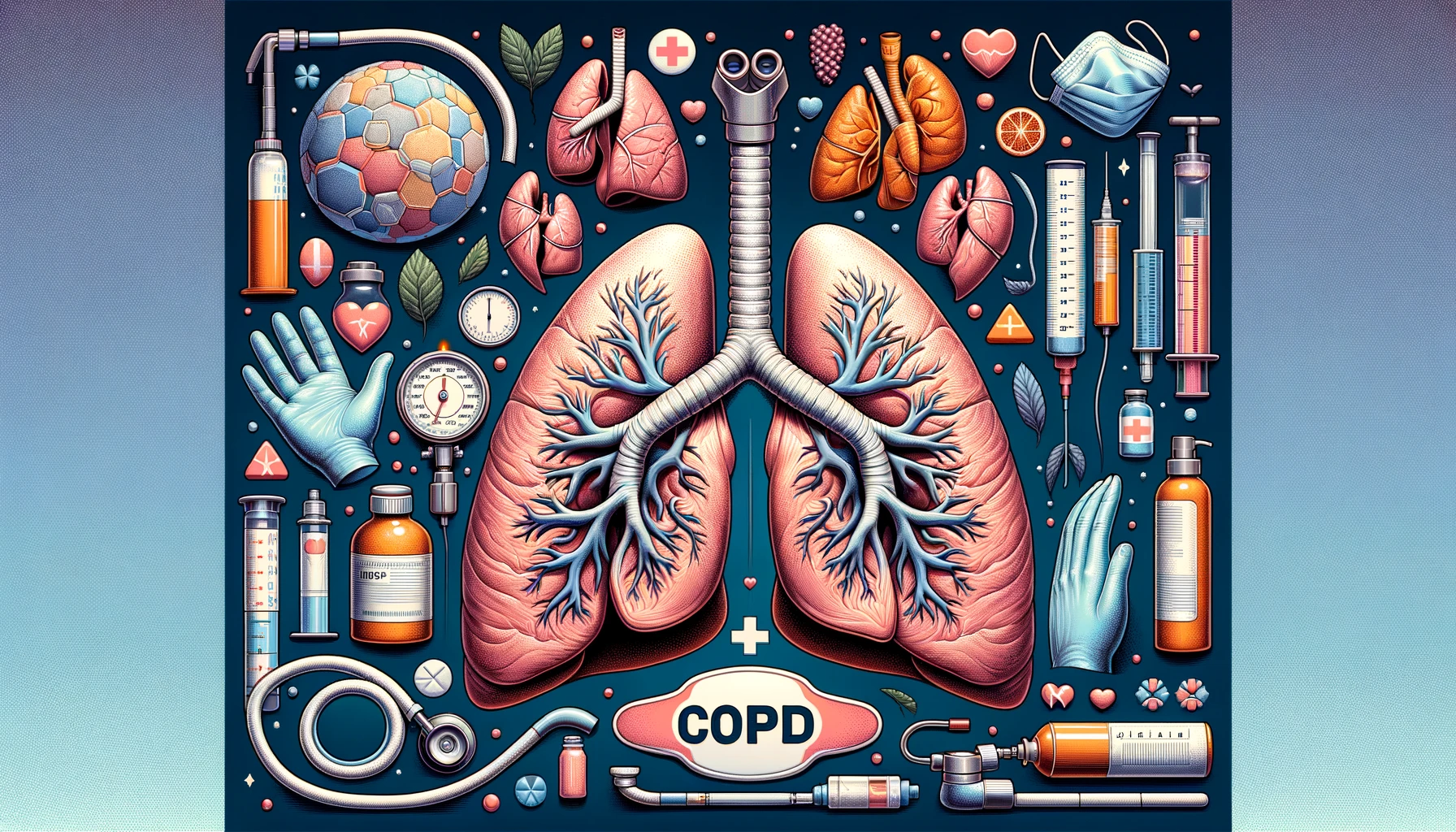Chronic kidney disease (CKD) is a progressive condition characterized by the gradual loss of kidney function over time.

Blog
Green Chronic Kidney Disease: Understanding Causes and Management
Chronic kidney disease (CKD) is a progressive condition characterized by the gradual loss of kidney function over time. It can result from various factors, including diabetes, high blood pressure, autoimmune diseases, and genetic predisposition. CKD is associated with the accumulation of toxins and waste products in the body, leading to a range of symptoms and complications.
Green chronic kidney disease refers to a specific subtype of CKD characterized by the presence of green-colored urine. While rare, this phenomenon can occur due to certain underlying conditions, such as urinary tract infections, liver disease, or the consumption of certain medications or foods. Understanding the potential causes of green urine in CKD patients is crucial for proper diagnosis and management.
Green urine in CKD patients can be attributed to various factors, including the presence of bile pigments, medications, or foods that contain green dyes or compounds. Bile pigments, such as bilirubin and urobilinogen, can give urine a greenish hue when their levels are elevated due to liver dysfunction or bile duct obstruction. Additionally, certain medications, such as propofol and methylene blue, can cause green discoloration of urine as a side effect.
Diagnosing green chronic kidney disease requires a comprehensive evaluation of the patient's medical history, symptoms, and laboratory tests. Healthcare providers may conduct urine analysis, blood tests, imaging studies, and other diagnostic procedures to identify the underlying cause of green urine and assess kidney function. Additional tests may be necessary to rule out potential complications or comorbidities.
The management of green chronic kidney disease focuses on addressing the underlying cause of green urine while also managing CKD-related complications and preserving kidney function. Treatment may involve medication adjustments, dietary modifications, lifestyle changes, and supportive therapies to alleviate symptoms and improve overall health. In some cases, patients may require dialysis or kidney transplant for end-stage kidney disease.
Patients with green chronic kidney disease should follow a kidney-friendly diet that emphasizes whole, nutrient-rich foods while limiting sodium, phosphorus, and potassium intake. Green leafy vegetables, lean proteins, whole grains, and fruits low in potassium are typically recommended. It's essential for patients to work closely with a registered dietitian to develop a personalized meal plan that meets their nutritional needs and supports kidney health.
In addition to dietary changes, lifestyle modifications can play a significant role in managing green chronic kidney disease and improving overall well-being. Maintaining a healthy weight, staying physically active, managing stress, avoiding tobacco, and limiting alcohol intake are essential components of a kidney-friendly lifestyle. Patients should also adhere to their prescribed medication regimen and attend regular follow-up appointments with their healthcare providers.
Regular monitoring and follow-up care are essential for individuals with green chronic kidney disease to track disease progression, monitor kidney function, and adjust treatment as needed. Healthcare providers may recommend routine blood tests, urine analysis, blood pressure monitoring, and imaging studies to assess kidney health and detect any changes or complications early on.
Green chronic kidney disease is a rare but noteworthy phenomenon that warrants careful evaluation and management. By understanding the potential causes of green urine in CKD patients and implementing appropriate diagnostic and treatment strategies, healthcare providers can help improve outcomes and quality of life for individuals affected by this condition.
Green chronic kidney disease refers to a specific subtype of CKD characterized by the presence of green-colored urine. While rare, this phenomenon can occur due to certain underlying conditions, such as urinary tract infections, liver disease, or the consumption of certain medications or foods. Understanding the potential causes of green urine in CKD patients is crucial for proper diagnosis and management.
Green urine in CKD patients can be attributed to various factors, including the presence of bile pigments, medications, or foods that contain green dyes or compounds. Bile pigments, such as bilirubin and urobilinogen, can give urine a greenish hue when their levels are elevated due to liver dysfunction or bile duct obstruction. Additionally, certain medications, such as propofol and methylene blue, can cause green discoloration of urine as a side effect.
Diagnosing green chronic kidney disease requires a comprehensive evaluation of the patient's medical history, symptoms, and laboratory tests. Healthcare providers may conduct urine analysis, blood tests, imaging studies, and other diagnostic procedures to identify the underlying cause of green urine and assess kidney function. Additional tests may be necessary to rule out potential complications or comorbidities.
Need Personalized Health Guidance?
Get expert advice tailored to your specific health needs from our qualified healthcare professionals.





